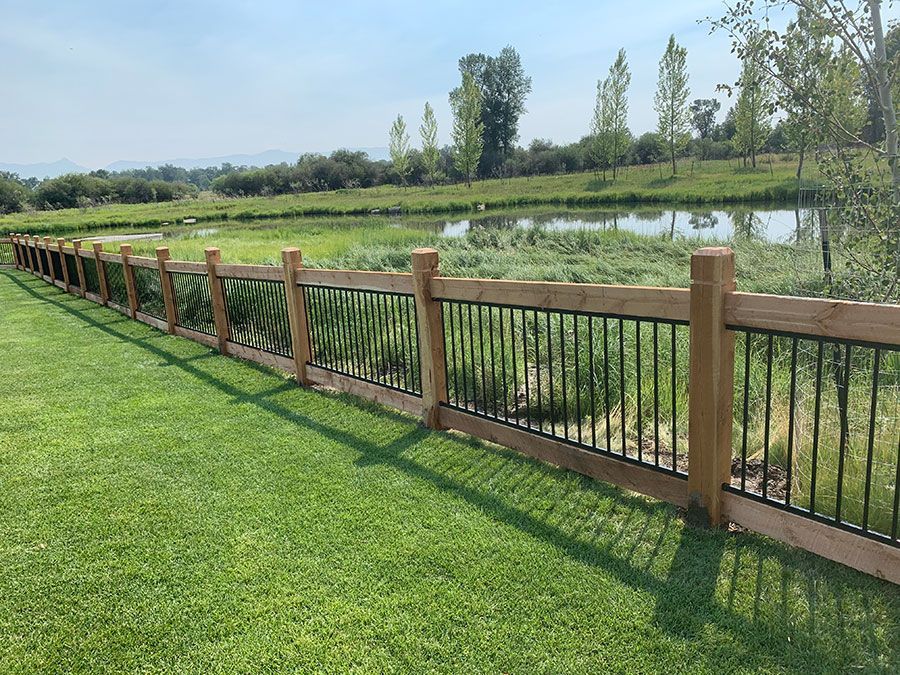Deciding on the perfect fencing for your property might seem difficult. Let’s compare continuous panel fencing with traditional fencing to make the choice clearer.
Materials and Cost Comparison
The type of materials used in your fencing directly impacts its cost and functionality:
- Continuous Panel Fencing: Made with durable welded steel, continuous panel fencing offers excellent longevity. The initial price might be higher, but the minimal maintenance costs make it a wise long-term investment.
- Traditional Fencing: Traditional options such as wood, vinyl, or barbed wire tend to be less expensive initially, but ongoing maintenance can make them pricier in the long run.
Durability and Care: A Key Comparison
When it comes to withstanding the elements and everyday wear, here’s how the options compare:
- Continuous Panel Fencing: Designed for toughness, continuous panel fencing can withstand harsh weather and livestock-related impacts. It requires very little maintenance, typically only occasional cleaning or rust treatment.
- Traditional Fencing: Prone to weather-related wear, wood fences can rot, while barbed wire and vinyl can break or degrade over time. Regular upkeep is often necessary to maintain functionality and appearance.

Appearance Comparison
The appearance of your fence plays a role in your property's overall appeal:
- Continuous Panel Fencing: With its clean and modern appearance, continuous panel fencing is suitable for both residential and farm settings, and can be tailored with different finishes and accessories.
- Traditional Fencing: Wood and vinyl fences offer a classic, rustic charm, while barbed wire focuses more on practicality than aesthetics.
Suitability for Various Applications
Different fencing types serve different purposes:
- Continuous Panel Fencing: Best suited for containing livestock, marking property lines, and high-traffic areas where durability is a must.
- Traditional Fencing: Ideal for smaller enclosures, aesthetic purposes, or when on a tighter budget.
Conclusion: Making an Informed Decision
When choosing between continuous panel fencing and traditional fencing, consider your priorities:
- For long-term durability and low maintenance, continuous panel fencing is the obvious choice.
- For a more budget-friendly or decorative option, traditional fencing might be the better choice.
Consider your budget, property needs, and aesthetic preferences to choose the ideal fencing option.